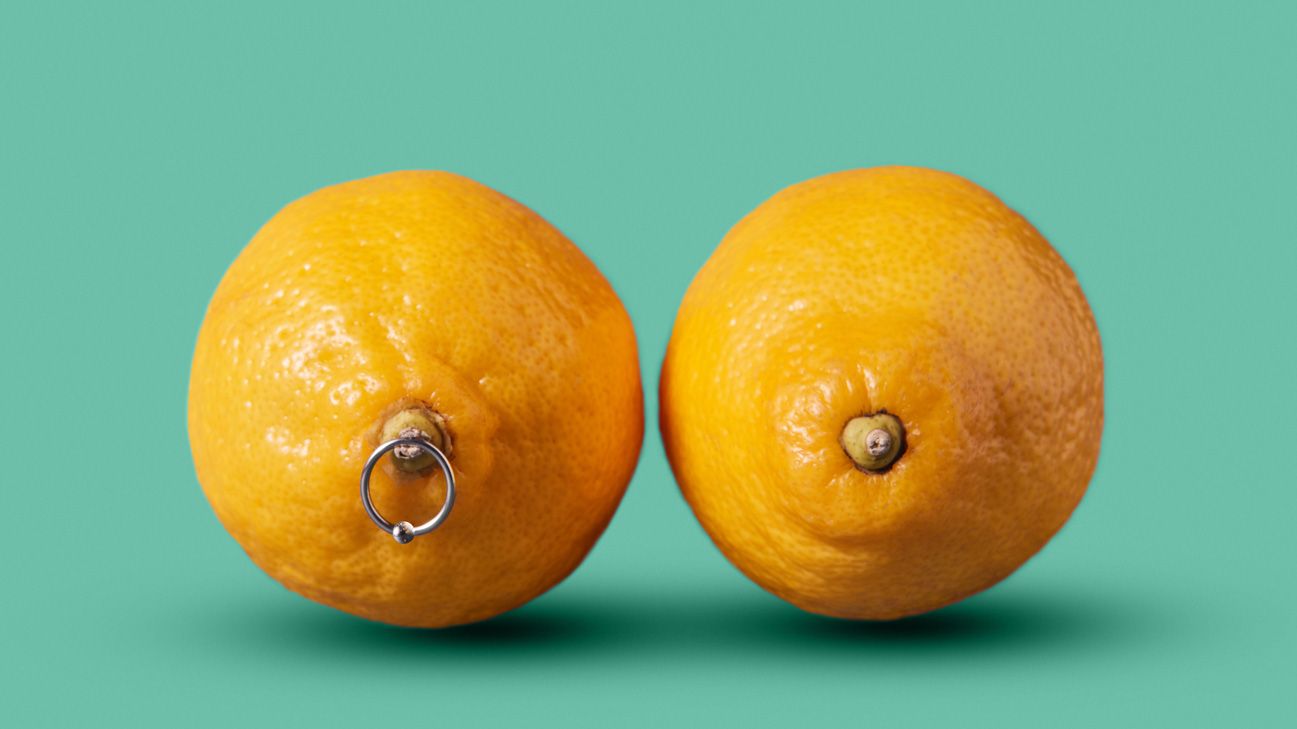Nipple Piercing Healing: Essential Aftercare Tips and What to Watch Out For
Discover how nipple piercing can boost your confidence and self-expression. Read our expert advice on essential nipple piercing healing tips, aftercare, and when to seek medical attention.
Wanna change things up? A nipple piercing can help improve your body confidence, spice things up in the bedroom, and — like other piercings or tattoos — serve as a unique way to express yourself.
Still, nipple tissue is more delicate and prone to severe infection than other skin. That means proper nipple piercing aftercare takes time and attention.
Fortunately, as long as you’re consistent and hygienic, nip care doesn’t have to be daunting. Here’s what you need to know about nipple piercing aftercare, including which side effects call for medical care.

To get all the essential post-piercing nip tips, we spoke with Audri Siple, a professional body piercer at Get Stabbed Piercing in Orem, Utah. She says proper aftercare is the best way to ward off post-piercing complications.
Here are her essential nipple piercing aftercare do’s and don’t’s.
Do’s
- Wash your hands before touching: Dirty hands introduce potentially infection-causing microbes to the wound. Wash your hands every time you plan to handle your new piercing.
- Clean 3x daily: Spray or use a cotton ball to apply sterile saline — which won’t sting or irritate, according to Siple — to your piercing 3 times daily. Her instructions: “Make sure you cover any ‘crusties’ (the blood and plasma that dries out around the piercing) completely. Wait for these crusties to become soft, and then gently wipe them away.” Once that’s done, reapply saline and pat the area dry.
- Monitor for signs of infection: Watch your piercing closely for changes that may indicate infection or healing probs. (Psst, more on that below.) “If you’re unsure if something is normal,” says Siple, “you should seek advice from your doctor or reputable piercer right away.”
Don’ts
- Don’t disturb the jewelry: “It’s important not to play with or move the jewelry around,” says Siple. “Movement can cause unwanted irritation bumps and cause bacteria to enter the piercing.”
- Don’t submerge the piercing: Keep those nipples high and dry to minimize your risk of infection. Siple specifically recommends avoiding bathtubs and swimming pools, which harbor bacteria.
- Don’t use drying products: Avoid using products that could dry or irritate skin. That includes harsh soaps, rubbing alcohol, hydrogen peroxide, antibacterial soap, iodine, or soaps that contain dyes, fragrances, or triclosan. Sterile saline solution is the best choice for nipple piercing aftercare, says Siple.
- Don’t hit any snags: Be extra careful not to catch the piercing on your clothing or jewelry. Snags can be painful and potentially catastrophic for a still-healing piercing.
- Don’t get lazy with your aftercare protocol: Piercing infections are fairly common, so it’s important to stay vigilant about hygiene and cleaning — especially while the piercing is still healing.
Siple says that the complete healing process typically takes 1-2 years. That’s right: years! But it’s extremely unlikely that your piercing will bleed or produce discharge for that long.
While the skin and tissue around nipple piercings will heal and look completely normal within months, the issue is that some folks swap out jewelry too soon.
“However, if jewelry is taken out before it’s fully healed, the piercing can close up quickly,” Siple explains. “If changed too soon, it can cause infections or irritation bumps.”


